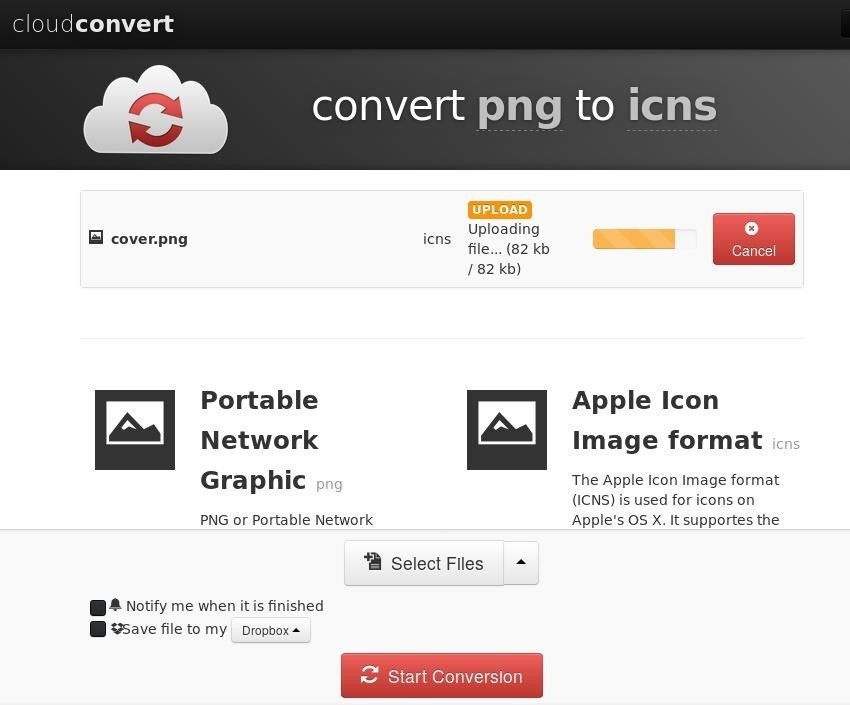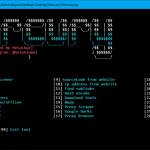Syntax
Python App Download

Simulate a fake video calling to prank or impress your friends and family. Give yourself a fake call can get you out of a date, a meeting or a boring situation. Just download and have fun. It's totally FREE! FakeTime is the best ads experienced for the fake video calling app. ★ Features - Simulate fake calling screen as Messenger, WeChat, Line app and Android phone. Switch front/ back.
- What is xdotool? This tool lets you simulate keyboard input and mouse activity, move and resize windows, etc. It does this using X11’s XTEST extension and other Xlib functions. Additionally, you can search for windows and move, resize, hide, and modify window properties like the title. If your window manager supports it, you can use xdotool to switch desktops, move windows between desktops.
- A lightweight, multi-language programming editor for macOS. Bought CodeRunner on the Mac App Store? If you have bought CodeRunner on the Mac App Store and would like to transition to using the website version, you can receive a license key to unlock it.
Parameters
| parameter | details |
|---|---|
| port | Device name e.g. /dev/ttyUSB0 on GNU/Linux or COM3 on Windows. |
| baudrate | baudrate type: int default: 9600 standard values: 50, 75, 110, 134, 150, 200, 300, 600, 1200, 1800, 2400, 4800, 9600, 19200, 38400, 57600, 115200 |
Remarks
Check what serial ports are available on your machine
To get a list of available serial ports use
at a command prompt or
from the Python shell.
Initialize serial device
Read from serial port
Initialize serial device
to read single byte from serial device
to read given number of bytes from the serial device

to read one line from serial device.
to read the data from serial device while something is being written over it.
Mac OS X comes with Python 2.7 out of the box.
You do not need to install or configure anything else to use Python 2. Theseinstructions document the installation of Python 3.
The version of Python that ships with OS X is great for learning, but it’s notgood for development. The version shipped with OS X may be out of date from theofficial current Python release,which is considered the stable production version.
Doing it Right¶
Let’s install a real version of Python.
Before installing Python, you’ll need to install GCC. GCC can be obtainedby downloading Xcode, the smallerCommand Line Tools (must have anApple account) or the even smaller OSX-GCC-Installerpackage.
Note
If you already have Xcode installed, do not install OSX-GCC-Installer.In combination, the software can cause issues that are difficult todiagnose.
Note
If you perform a fresh install of Xcode, you will also need to add thecommandline tools by running xcode-select--install on the terminal.
While OS X comes with a large number of Unix utilities, those familiar withLinux systems will notice one key component missing: a package manager.Homebrew fills this void.
To install Homebrew, open Terminal oryour favorite OS X terminal emulator and run
The script will explain what changes it will make and prompt you before theinstallation begins.Once you’ve installed Homebrew, insert the Homebrew directory at the topof your PATH environment variable. You can do this by adding the followingline at the bottom of your ~/.profile file
If you have OS X 10.12 (Sierra) or older use this line instead
Now, we can install Python 3:
This will take a minute or two.
Pip¶
Homebrew installs pip pointing to the Homebrew’d Python 3 for you.
Working with Python 3¶
At this point, you have the system Python 2.7 available, potentially theHomebrew version of Python 2 installed, and the Homebrewversion of Python 3 as well.
will launch the Homebrew-installed Python 3 interpreter.
will launch the Homebrew-installed Python 2 interpreter (if any).
will launch the Homebrew-installed Python 3 interpreter.
If the Homebrew version of Python 2 is installed then pip2 will point to Python 2.If the Homebrew version of Python 3 is installed then pip will point to Python 3.
The rest of the guide will assume that python references Python 3.
Pipenv & Virtual Environments¶
The next step is to install Pipenv, so you can install dependencies and manage virtual environments.
A Virtual Environment is a tool to keep the dependencies required by different projectsin separate places, by creating virtual Python environments for them. It solves the“Project X depends on version 1.x but, Project Y needs 4.x” dilemma, and keepsyour global site-packages directory clean and manageable.
Mac Python Editor
For example, you can work on a project which requires Django 1.10 while alsomaintaining a project which requires Django 1.8.
Python For Mac
So, onward! To the Pipenv & Virtual Environments docs!
Download Python For Mac
This page is a remixed version of another guide,which is available under the same license.